Abstract
Abstract
According to the expert suggestions and opinions of the 2020 implementation plan review meeting, each subject further improved the design and implementation plan; all aspects of the work were performed in accordance with the project task book; the equipment numbering rules were improved; the combining of project equipment and preliminary equipment numbering were completed; the statistics and layout analysis of equipment power consumption were conducted, and the summary of strong power consumption was compiled.
Ⅰ. Overall progress of the project
² On June 4-5, 2021, the project team had its first half-year work summary meeting in the Beijing suburbs, with project leader Prof. Yan Xueqing, project leaders, and important members in attendance. Prof. Yan Xueqing, the project leader, listened to reports from the overall project team and each topic leader about the development of the project, the accomplishment of tasks in the first half of the year, etc. We reviewed the project's difficulties in-depth and provided valuable ideas for further development.
² Following the equipment consolidation, the equipment numbering, layout, cabinet and control cabinet planning, power distribution scheme, etc., have been completed, and the total number of the equipment has surpassed 700, according to preliminary statistics, which will serve as a guide for CFDA certification and site construction.
Ⅱ. The subject advancement
J Task group I in the 2PW laser, in collaboration with the French company THALES, has completed the optical path design refinement and independent design for the 2PW laser beam full parameter diagnosis system; the domestic 200TW laser has achieved a laser output of 10TW, optimized the design of high stability and high contrast front end, and achieved energy stability of greater than 2 percent.
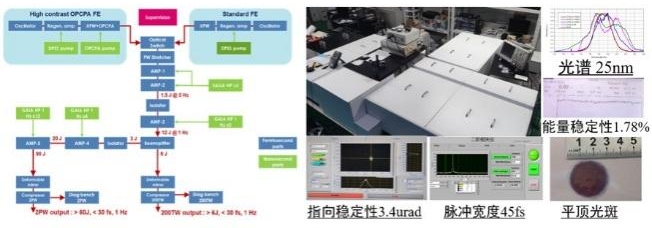
Fig 1. 2PW laser system and the development of domestic laser system.
J Task group II is developing a high-frequency continuous targeting system and plasma mirror system and has completed the preliminary design of the heavy frequency targeting system, which can achieve a heavy frequency of 1Hz, a target load of >500 rounds, and a dynamic displacement accuracy higher than 8μm; at the same time, it is developing a batch preparation scheme for ultra-thin nano-targets and building a characterization platform and a process optimization platform; it has completed the design of the vacuum cavity of the accelerated target field.
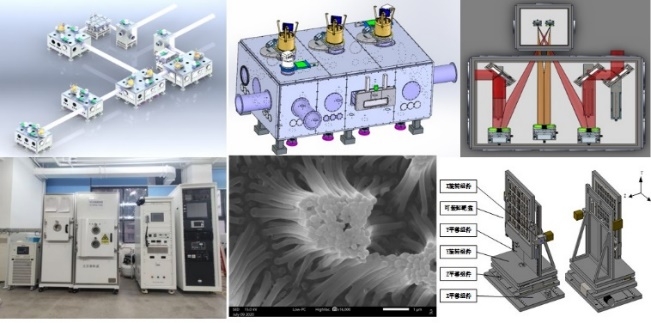
Fig 2. Development of high repetition frequency laser ion acceleration system
J Task group III has completed the design of the beam distribution system, which can deliver 40 MeV to 230 MeV protons and provide a large irradiation field, controlled energy dispersion, and stable, adjustable beam at the terminal; additional physical and engineering design improvements of the pulsed solenoid, superconducting magnet, water cooling system, etc. Regarding the characteristics of the laser proton tumor radiotherapy system, the preliminary design of the proton treatment head has been finalized. The proton treatment head is capable of three treatment modes, including wide beam scanning superposition, wide beam scattering scanning superposition, and pencil-shaped beam scanning superposition.
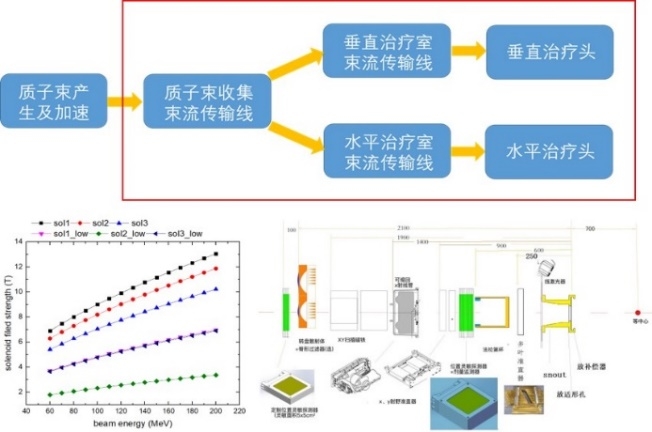
Fig 3. Beam transport system and nozzle
J The task group Ⅳ has carried out the pre-production of control hardware and software; has completed the development of the control system of the domestic 200TW laser; has carried out the experimental measurement and protection of electromagnetic pulse of key electronic components; has completed the design scheme of the central control room and data center of the Huairou Laser Acceleration Innovation Center. The CLAPA asset management system has also been put online for trial operation, laying the foundation for the information management of the system.
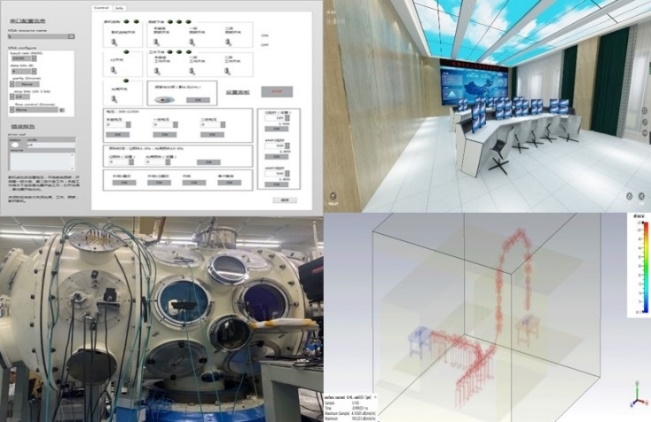
Fig 4. Design scheme of 200TW laser control system and central control room
J Task group V has basically completed the development of a CPU-based dose calculation engine; preliminary completion of the development of materials and systems for the new 3D colloid dosimeter; completed the import of CT data in patient DICOM format, and the conversion of water equivalent depth; preliminary realization of the function of automatic outlining of patient's endangered organs.
Ⅲ. On-site progress in Huairou
² The Beijing Laser Acceleration Innovation Center (BLAIC) building is undergoing secondary structural construction such as mechanical and electrical, plumbing, and masonry walls. The project will be completed in March 2021. The delivery system is anticipated by the end of the year.
² The design of the ultra-clean room has been completed, and the construction unit of the ultra-clean room has gone to the infrastructure site to check the space dimensions with the design institute and general contractor before construction, which will start in the second half of this year.
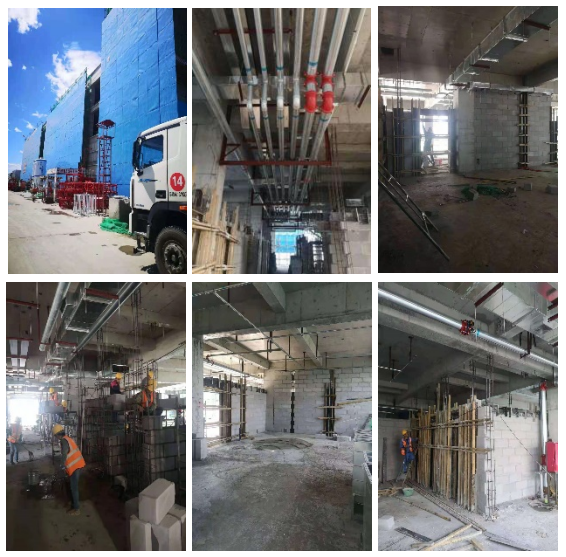
Fig 5. Beijing Laser Acceleration Innovation Center Site Photos